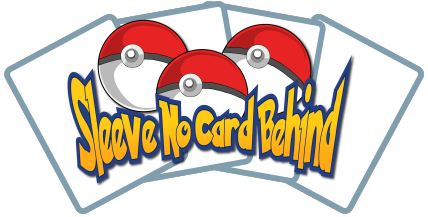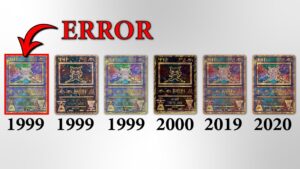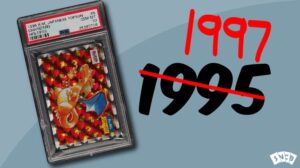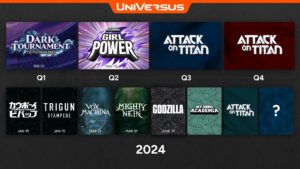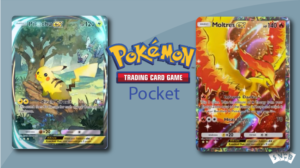How To Tell If A Pokémon Card Is 1st Edition (English and Japanese)
-
By: Oliver Copeland
- Published:
- Last Updated: March 13, 2024
If you’re new to Pokémon cards and feel intimidated by all of the rules, jargon, and nuances, you’re not alone. We will explain 1st edition cards in detail, so you’ll be an expert by the end of this article.
How To Tell If A Card Is 1st Edition
English
1st edition English cards will have a black stamp that says “EDITION 1” just outside the lower left corner of the artwork box. It’s in bold black ink, so it is hard to miss.
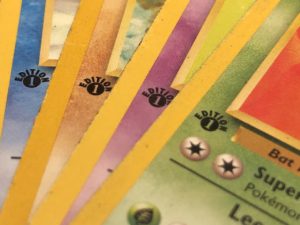
However, English Pokémon cards only had 1st edition prints from 1999-2003. Anything from 2003 to the present will not have a 1st edition stamp.
Also, promotional cards did not receive 1st edition stamps. This includes all promo cards from 1999-present with the exception of one Pikachu card, pictured below.
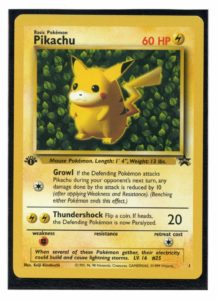
As a side note, this Pikachu is very rare and extremely valuable if it has the 1st edition stamp. We cover this card in our latest ebook, How To Appraise Pokémon Cards.
Base Set 2 And Legendary Collection
It’s worth noting that the two expansions Base Set 2 and Legendary Collection did not receive 1st edition prints.
This means that only unlimited cards were ever printed for these sets. So if you see either of these set symbols with a 1st edition stamp, be skeptical because it will be fake!
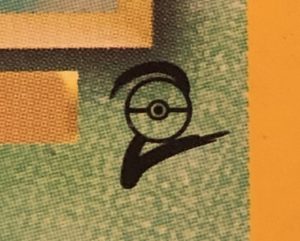
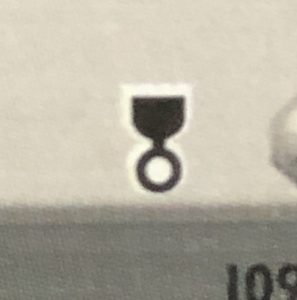
Japanese
The 1st edition stamp on a Japanese card will be located in the bottom left corner of the card and is smaller than the English counterpart. Also, it has a different design, but still reads “1 EDITION”.
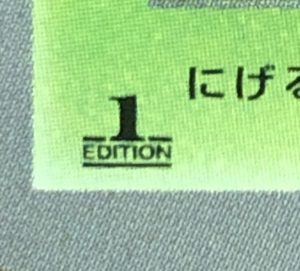
Japanese cards tell a different story. The original cards did not have a 1st edition stamp, and it wasn’t introduced until 2001, with the Pokémon VS and Pokémon Web expansions.
Japanese cards continued to use a 1st edition stamp until the release of the Expansion Pack 20th Anniversary expansion in 2016.
The Difference Between 1st Edition And Unlimited
You may have heard trainers referring to their vintage cards as “Unlimited” as opposed to 1st edition. Simply put, an unlimited card is one that is not 1st edition.
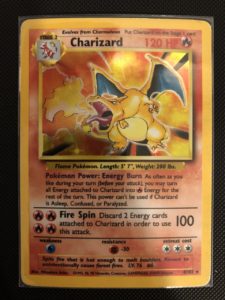
1st edition cards are, in fact, limited in the sense that only so many are printed. After the 1st edition print run is complete, the cards are printed until demand is met and thus are referred to as ‘unlimited’.
Variations Of The 1st Edition Stamp
It’s true that 1st edition cards are often worth a lot more than non-1st edition cards (otherwise known as unlimited), but there are even rare and more expensive versions of those 1st edition cards!
During the manufacturing process, the 1st edition stamp is applied last. This is important because it leads to why we have 1st edition stamp variations.
Grey Stamps
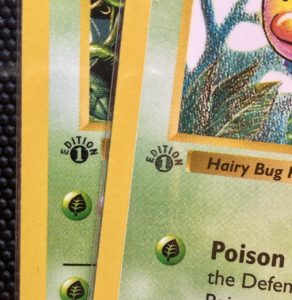
If you want a full article on grey 1st edition stamps, click here.
Grey stamps are just that- grey. There are theories about the cause of this but most commonly collectors agree that there was a lot of troubleshooting going on in the early days, which resulted in wet or diluted ink.
This is why some cards have grey 1st edition stamps. If you’ve never seen one, don’t worry, they are extremely rare and sometimes extremely valuable.
Thick/Thin Stamps
This is exactly what it sounds like. Some stamps were applied with a little too much or not enough ink.
Some collectors will pay top dollar to secure their favorite card with a thick or thin stamp.
“3D” Stamps
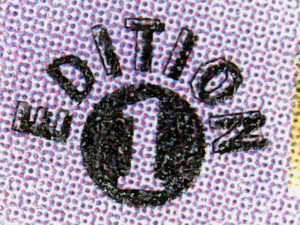
A few 1st edition stamps actually have a 3D effect applied to them if you look closely. There is still a lot of mystery surrounding this stamp in particular, but many agree that it was simply a trial that Wizards of the Coast was testing out.
Oddly enough only the ‘D’ does not have the 3D effect applied to it.
Unfortunately having one of these stamps doesn’t raise the value of the card by very much (unless it’s a Charizard), but it’s neat to own a piece of early Pokémon history nonetheless.
Conclusion
So, can you tell if a Pokémon card is 1st edition? We hope so! The stamp itself is hard to miss, but most people don’t know that they stopped using it after 2003. If you’re a fan of the small details and nuances of vintage Pokémon cards, check out our “Pokémon” category at the top of the page and delve into more!

Hi, I'm Oliver. I've been collecting Pokémon cards for 25+ years. I hope you enjoyed your read and learned something. Learn more about me on the About page.
